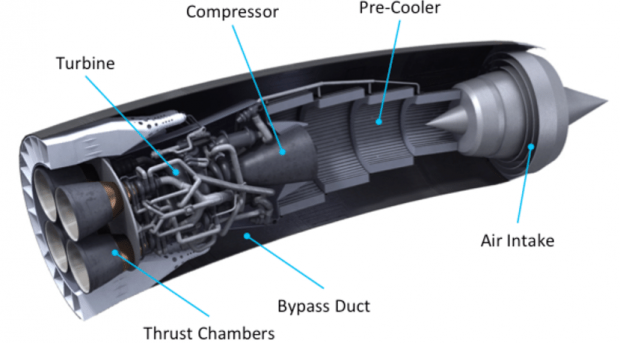
Breaking News
 MELANIA, the film, exclusively in theaters worldwide on January 30th, 2026.
MELANIA, the film, exclusively in theaters worldwide on January 30th, 2026.
 Hospitals murdered COVID patients. The more they killed, the more money they made.
Hospitals murdered COVID patients. The more they killed, the more money they made.
Top Tech News
 This tiny dev board is packed with features for ambitious makers
This tiny dev board is packed with features for ambitious makers
 Scientists Discover Gel to Regrow Tooth Enamel
Scientists Discover Gel to Regrow Tooth Enamel
 Vitamin C and Dandelion Root Killing Cancer Cells -- as Former CDC Director Calls for COVID-19...
Vitamin C and Dandelion Root Killing Cancer Cells -- as Former CDC Director Calls for COVID-19...
 Galactic Brain: US firm plans space-based data centers, power grid to challenge China
Galactic Brain: US firm plans space-based data centers, power grid to challenge China
 A microbial cleanup for glyphosate just earned a patent. Here's why that matters
A microbial cleanup for glyphosate just earned a patent. Here's why that matters
 Japan Breaks Internet Speed Record with 5 Million Times Faster Data Transfer
Japan Breaks Internet Speed Record with 5 Million Times Faster Data Transfer
 Advanced Propulsion Resources Part 1 of 2
Advanced Propulsion Resources Part 1 of 2
 PulsarFusion a forward-thinking UK aerospace company, is pushing the boundaries of space travel...
PulsarFusion a forward-thinking UK aerospace company, is pushing the boundaries of space travel...
 Dinky little laser box throws big-screen entertainment from inches away
Dinky little laser box throws big-screen entertainment from inches away
 'World's first' sodium-ion flashlight shines bright even at -40 ºF
'World's first' sodium-ion flashlight shines bright even at -40 ºF
Air-breathing SABRE rocket engine set to enter test phase

The successful review of the hypersonic engine, which is designed to act as both a jet and a rocket, means that the company can move on the major testing milestones in the next 18 months.
It's been more than 30 years since the ancestor of the SABRE engine began development, with significant investments by Boeing, Rolls-Royce, ESA, and UKSA to the tune of tens of millions of pounds. This may seem like a long time, but SABRE, which is the power plant of the Reaction Engine Skylon spaceplane , is a significant step forward in orbital launcher design.
SABRE is a hypersonic hybrid engine. It draws in air to act like a conventional jet while accelerating to speeds of up to Mach 5 (3,704 mph, 5,961 km/h), then converts to a pure rocket engine burning hydrogen and liquid oxygen, making speeds of up to Mach 25 (17,521 mph, 29,808 km/h) possible.

 The Prime Directive is Evil
The Prime Directive is Evil
 Don't Worry About Bitcoin
Don't Worry About Bitcoin

